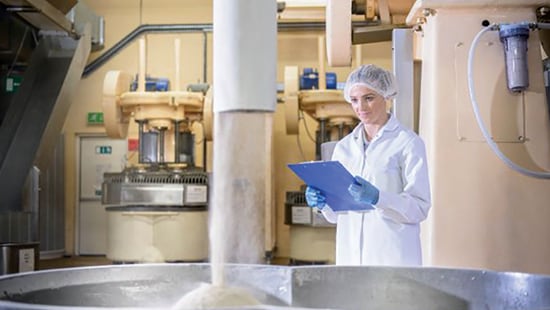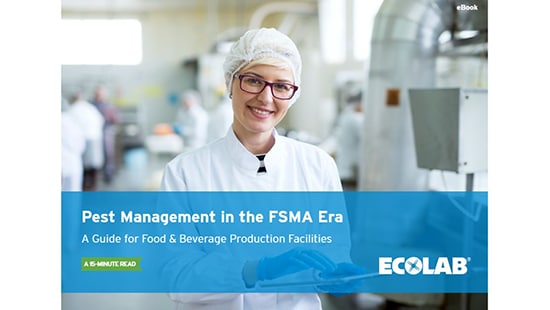Regulatory Update: Are You Ready for the Return of FDA Inspections?
The Pest Monitor Newsletter

During the pandemic, FDA postponed nearly all inspections, except those considered to be for cause and/or critical. The action was taken to ensure the safety of its employees and those of the firms it regulates. In early February, the agency announced its resumption of domestic surveillance inspections across all commodities given the decline in COVID-19 cases across the country. Thus, a knock on your door could come at any time. Are you prepared?
While a facility should not wait to implement food safety measures until an FDA inspection is expected, there are things that can be done to make an inspection less stressful and more productive. In fact, in its document “What should I expect during an inspection,” the FDA breaks it down into three parts.
Following is a summary of the FDA discussion, along with our recommendations for preparation:
- The arrival. Upon arrival, the FDA investigator will present credentials and a Notice of Inspection (FDA Form 482). To start the inspection off on the right foot, a knowledgeable person from the facility (such as the plant or production manager) should be designated ahead of time. That person should then greet the investigator, accompany him or her at all times, and be prepared to answer questions and provide any requested documentation.
- The inspection. The inspection will generally consist of an examination of your production process, a review of your records, and the collecting of samples. Keeping your facility “inspection ready,” regularly conducting your own environmental monitoring through sampling, and maintaining records that are complete and easily accessible will make this process go more smoothly and help ensure against non-compliance observations.
- The conclusion. At the conclusion of the inspection, the investigator will discuss any significant findings and concerns and provide a written report “of any conditions or practices, which, in the investigator’s judgment, indicate objectionable conditions, or practices.” That list of Inspectional Observations (Form 483) requires response and corrective action either during the discussion, when possible, or afterward. Quick action is advantageous, as indicated by FDA’s statement that “corrective actions or procedural changes that were accomplished immediately in the presence of the investigator are regarded as positive indications of your concern and desire to voluntarily correct discrepancies.”
There will always be some amount of stress associated with an FDA inspection, just because it is an FDA inspection. But the more prepared you keep your facility, the more ready you will be when FDA hands you a “Notice of Inspection.”



